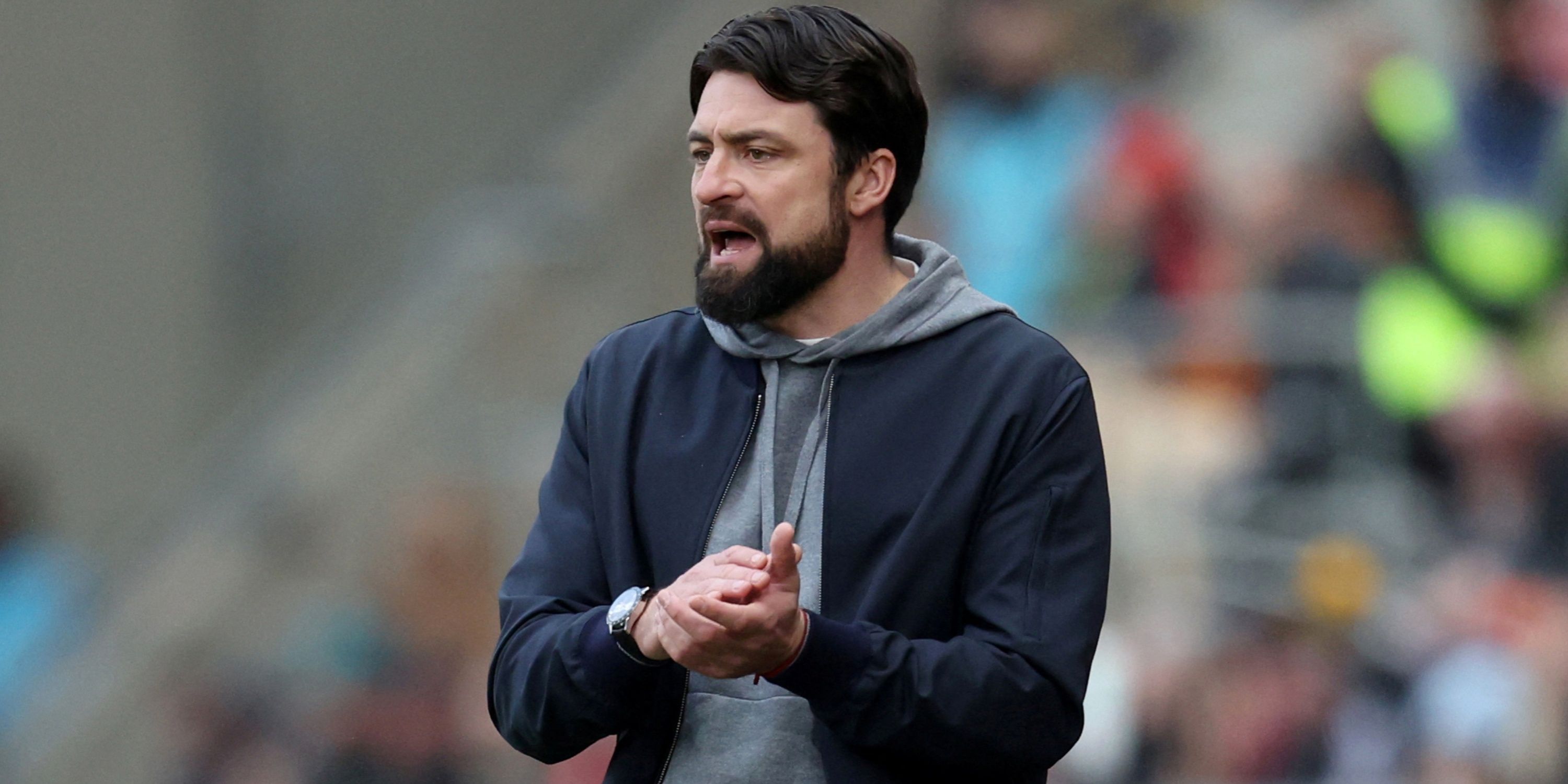The cost of year-one Premier League survival for newly promoted clubs is £133m.
Leicester City, Ipswich Town and Southampton are all confirmed as Premier League clubs for 2024/25 after the latter won the Wembley playoff final and the former duo sealed automatic promotion. But GIVEMESPORT understands none are likely to have playing costs – a combination of annual player wages and net spend on transfers – reaching that amount next season.

After rising from the Championship in 2022/23, Luton, Burnley and Sheffield United all failed to hit the £133m mark during one of the least competitive relegation battles in Premier League history. It’s a stark warning to the three newly-promoted sides who all hope to make their sides top-flight ready, without matching the spending benchmarks set by previous clubs who came up and avoided the drop.
All transfer fees from Transfermarkt
All wage figures from Capology
How Much it Costs to Survive
Net spend and annual wages
Over the last six seasons, the newly promoted clubs that have survived in the Premier League have spent an average of £93m on new signings, with £87m of that being net spend, and committed to an annual player wage bill of £46m. That’s a noteworthy jump compared to promoted teams that went straight back down: they spent only £49m on new players, had a net spent of just £40m and invested £38m in player wages.
| Averages for Newly-Promoted Premier League Clubs Over Last Six Seasons | ||
|---|---|---|
| Survived | Relegated | |
| Points | 48 | 25 |
| Position | 12th | 19th |
| Transfer fees | £93m | £49m |
| Net Spend | £87m | £40m |
| Annual Wages | £46m | £38m |
| Net Spend and Wages | £133m | £78m |
The wage gap might not seem so significant at just £8m, but it equates to £153k a week. Based on their current contracts, that would afford a club Alexander Isak, Dominic Solanke or England call-ups Ollie Watkins or Jarrod Bowen, all of whom finished in the top ten for the Premier League’s Golden Boot this season. That kind of firepower could easily be the difference between safety and relegation for a club striving to maintain top flight status.
But squad investment is also crucial and a delicate balance to get right. There is a natural desire to spend big on Premier League quality players, yet bringing in too many can disrupt the harmony and cohesion of a group that have already achieved success together. At the same time, team spirit and togetherness will only get you so far without match-winning ability at the top level.
GIVEMESPORT Key Statistic: There have only been two seasons in which all three promoted clubs went straight back down – 1997/98 and 2023/24.
A net spend of £87m essentially means £87m worth of additional playing resource being brought into the team, whether that’s in terms of additional bodies or superior quality. It hasn’t proved a hard-and-fast rule for newly-promoted teams; four of the eight to have survived did so while spending a little less than that, but the net spend does need to be in that ballpark. Brentford are the only team with a net spend of less than £62m to have stayed up and when their £33m investment in new players from the 2021/22 season is taken out of the equation, the average net spend actually jumps up to £101m.
| Teams That Have Stayed Up While Spending the Least | ||||
|---|---|---|---|---|
| Club | Season | Points | Position | Net Spend and Wages |
| Brentford | 2021/22 | 46 | 13th | £61m |
| Sheffield United | 2019/20 | 54 | 9th | £86m |
| Fulham | 2022/23 | 53 | 10th | £106m |
| Wolves | 2018/19 | 57 | 7th | £117m |
Perhaps more telling is the fact that only two out of the ten promoted clubs that went straight back down spent more than the £87m average, or even the lower threshold of £62m. It’s a similar story with wages – there are only two instances, Fulham in both 2018/19 and 2020/21, in which a newly promoted side spent more than the £46m average on wages and still went down. In contrast, four of the eight that stayed up did, although there are two very notable exceptions. During the aforementioned Brentford season, as well as Sheffield United’s shock survival in 2019/20, less than £30m was spent on player wages.
Spending Wisely
Splashing the cash doesn’t guarantee safety
Every instance needs to be placed in its own context. Brentford’s impeccable recruitment meant they arrived in the Premier League with some top-flight quality players already and in very important positions, with now-Tottenham strike target Ivan Toney and now-Arsenal goalkeeper David Raya being the prime examples. There was no need for them to spend heavily on bringing in established Premier League players. Sheffield United, meanwhile, developed a unique comradery and playing style under Chris Wilder that made the team far greater than the sum of its parts.
Fulham’s failed attempt to buy their Premier League survival in 2018/19, meanwhile, at a staggering total cost of £145m, or Burnley’s £92m net spend on transfers this season, shows money never guarantees success. If you don’t sign the right calibre and profile of player, or can’t integrate a large group of new signings quickly, the amount of money spent ultimately means very little. Nonetheless, there is a clear correlation between investment and safety.
Spending Plans for 2024/25
Leicester, Southampton and Ipswich
GIVEMESPORT understands that none of the three promoted clubs are likely to invest heavily in players this summer. If anything, Leicester City will want to finish the window with a positive net spend, while Ipswich Town’s overall budget is likely to be a fraction of the £93m surviving teams have spent on average in the last six seasons. Southampton are best-placed of the three teams to be more active in the transfer market, but there is little suggestion they will come near the £87m net spend benchmark prior campaigns have established.
Fortunately for Leicester and Southampton, their current wage budgets – £57m and £40m respectively – are in the right ballpark, suggesting they already have Premier League level players in their squad (or are at least paying players as if they do) and can therefore afford to spend less on bringing new additions in. None of that is particularly surprising considering both teams had only just come down from the Premier League and, along with Leeds United, were in a league of their own towards the top of the Championship.
Ipswich Town were the almost inexplicable thorn in the side of that mini-league. They spent a mere £14m on wages while gaining promotion during a near-miraculous season having only just moved up from League One. Bearing in mind their limited spending budget this summer, they’ll be more reliant on team spirit and momentum, in a similar vein to Sheffield United, than trying to spend their way up to Premier League level.
Every season is different, and every club has it’s own unique situation capable of defying numbers on a spreadsheet. But Leicester, Southampton and Ipswich may find that while they’re too good for the Championship right now, they also aren’t financially strong enough to avoid plummeting back down again.

















